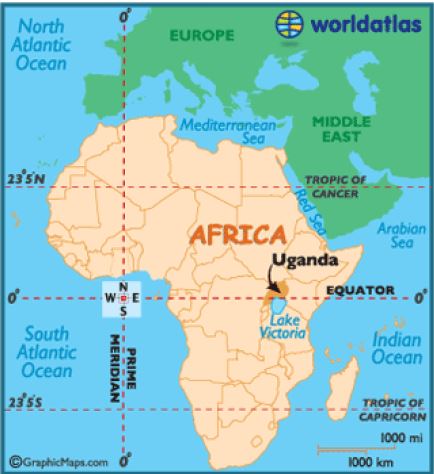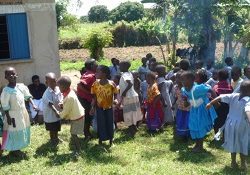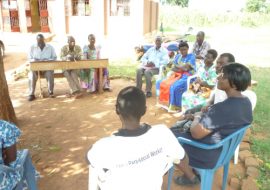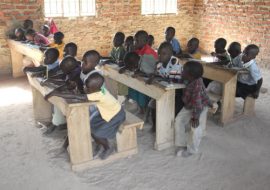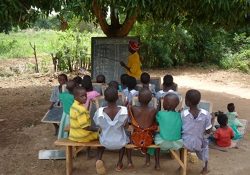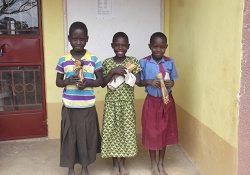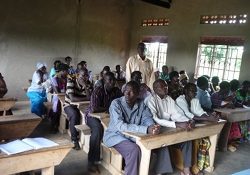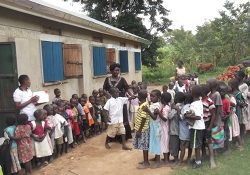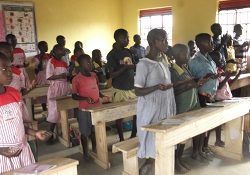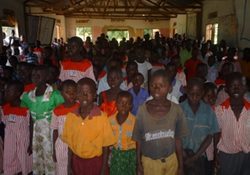Uganda
Uganda, a landlocked country, borders South Sudan on the north, Kenya on the east, Tanzania on the south, Rwanda on the southwest, and the Democratic Republic of Congo on the west.
The current population of Uganda is 49,184,377 as of Thursday, December 14, 2023, based on the World Meter elaboration of the latest United Nations data.
- The population is 49 million (2023).
- 71% of the population is in the subsistence agricultural sector.
- 77% of the population is under 25 years old.
- 3 years is the median age in Uganda.
- 84years is the life expectancy.
- 7% (infant deaths per 1,000 live births) is the infant mortality rate.
- 3% (per 1,000 live births) is the death rate for the under age 5.
Namutumba District
Namutumba District is one of the country's least developed and most deprived rural communities. The district has high dropout rates, and the children are, on average, five (5) years behind in literacy compared to other regions of Uganda.
Nakyere Village
Nakyere village faces intergenerational illiteracy due to poverty mindsets, remoteness of the village, and lack of essentials such as basic infrastructure, clean water, and sanitary facilities. These factors make access to education very expensive.
Many parents dropped out of school due to the lack of school fees and long distances to the nearest schools. Unfortunately, the children tend to follow in the same footsteps as they often give up on education to fend for their families, creating a multigenerational impact of illiteracy in the community. The poverty mindset and circumstances beyond their control create hopelessness and an inability to see beyond the current circumstances, limiting their ability to realize their potential.
We conduct regular community sensitization sessions to educate parents about the value of education, how to support the children at home, and grade-level expectations. We also support orphaned and disadvantaged children with bursaries to further their education.
We have seen some progress and changes in attitudes to education, and many parents have registered their children with the school. These parents do all they can to give their children a better future.
Weather and Droughts
As most people depend on subsistence farming, frequent droughts, and floods result in multiple seasons of famine and water scarcity, making it difficult for parents to feed their children or to have money for school fees and provide scholastic materials. Food insecurity also affects the children’s ability to focus on their studies.
Our supporters funded a school water well to provide clean drinking water for the school community. We also set up a system to harvest rainwater and installed five 10,000-liter water tanks to store rainwater to reduce flooding. The school uses this water for small-scale farming of vegetables and foods like corn, sweet potatoes, and cassava and as animal drinking water.
We provide porridge to most school children for lunch to help them last through the day. Our long-term plan is to build a large, humidity-controlled storage facility (e.g., silos or granaries) to store dry food during harvest seasons to use during the school year. We would also like to introduce container gardens to provide children with hands-on experience in modern farming and educate parents on basic irrigation farming methods.
Distance Traveled
Due to the scarcity of quality schools, children travel long distances to school, aggravated by severe temperatures during the dry seasons and muddy roads during the rainy seasons. Our supporters helped construct the girls' and boys' dorms to reduce the daily distance traveled. With solar installed, children can study at night.
Please join us on a journey of learning to transform hearts and mindsets
